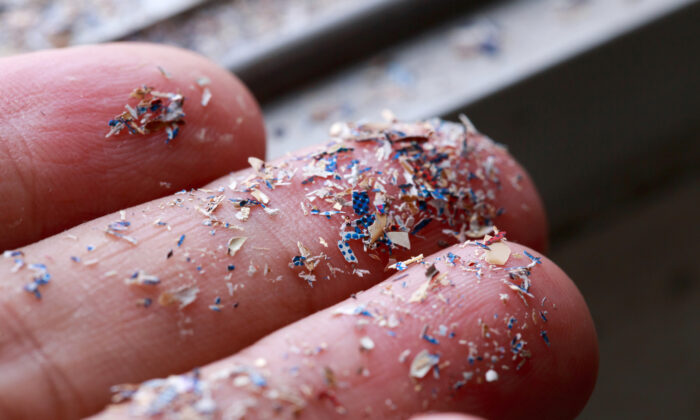Microplastics have been identified in human and canine testicles, lengthening the list of where the insidious particles have been found. The researchers didn’t expect to find microplastics in the reproductive system—at least, not to this degree. “When I first received the results for dogs I was surprised,” Dr.
Xiaozhong “John” Yu, a professor at the UNM College of Nursing and lead researcher, said in a press release. “I was even more surprised when I received the results for humans.” The research team found nearly three times the amount of microplastics in the human samples compared to the canine samples.

There were 122.63 micrograms of microplastics per gram of tissue in the canine samples and 329.44 micrograms per gram in the human.
The team found 12 types of microplastics in 47 canine samples and 23 human samples. The most prevalent polymer, or plastic, in both types of tissue was polyethylene (PE), which is used to make plastic bags and bottles. The next most common polymer in dogs was PVC, which is often used in different kinds of plumbing.
Dr. Yu and his team believe that the level of microplastics could correlate with reproductive issues. The team determined the sperm count in the canine samples and found that the higher the level of PVC in the tissue, the lower the sperm count was.
However, the correlation was not found with the concentration of PE in tissue. “Compared to rats and other animals, dogs are closer to humans,” Dr. Yu said.
He noted tha.























